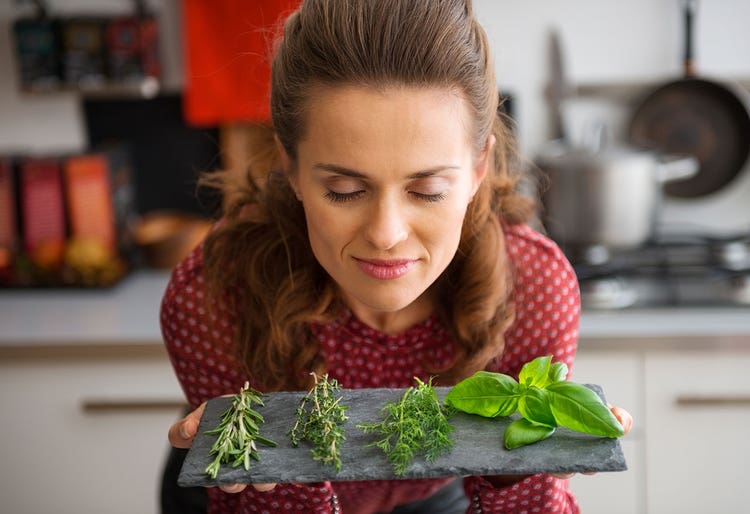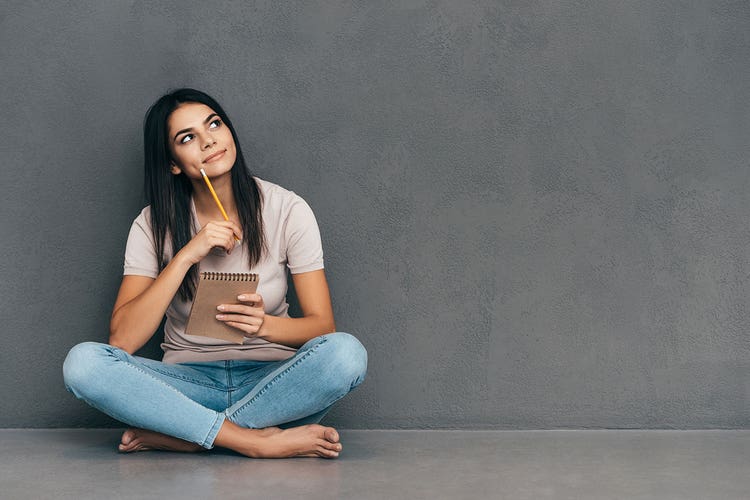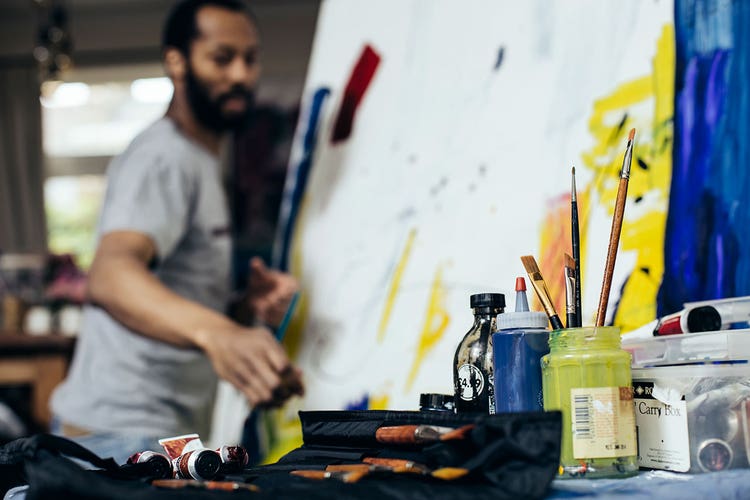Creativity 101

Here’s how to understand the imagination that lives in all of us.
When we hear the word “creativity,” our minds almost immediately turn to the arts and such luminaries as jazz legend John Coltrane, painter Vincent van Gogh or even contemporary writer J. K. Rowling (author of the Harry Potter books).
But creativity isn’t confined to art (think Steve Jobs or Albert Einstein), and it’s not some genetic gift that only a lucky few are blessed with—although some people do have a stronger genetic predisposition for creative thinking, says Shelley Carson, psychology researcher and lecturer at Harvard University and author of “Your Creative Brain” (Jossey-Bass, 2010). Rather, it’s an ability we all possess to varying degrees that can be cultivated through our daily habits.
“Creativity can definitely be encouraged and learned,” Carson says. It is influenced by your genes but not dependent on your genes. Most people, she asserts, are more creative than they give themselves credit for.
What exactly is creativity?

Creativity is defined by most neuroscientists as the generation of original ideas that are useful for a specific task or purpose. It starts with taking bits of information, either from your internal knowledge and memories or from your experiences and the outside environment, Carson explains, and combining and recombining them into something original and adaptive to a given problem or situation.
It can be as simple as figuring out new ways to calm a crying toddler or coming up with more delicious substitutions for or variations of a recipe. “At one point, I counted about 200 creative acts during the day,” Carson reports. “People really do have a limited view of what creativity really is.”
But just because an idea is new or unusual doesn’t mean it’s creative. A bridge made from marbles or a bomb composed of Swiss cheese and mayonnaise won’t make the cut because these concepts aren’t up to the task of handling traffic or creating an explosion, says James C. Kaufman, professor of educational psychology at the University of Connecticut’s Neag School of Education and author of dozens of books on the topic, including “Creativity 101” (Springer Publishing Company, 2nd edition March 2016).
A classic example of creativity in action is Swiss engineer George de Mestral’s 1955 invention of Velcro. After a hike in the woods with his dog, he looked at the burdock burrs he was pulling out of his coat and his dog’s fur. Rather than being furious, he became fascinated. He examined the burrs under a microscope and decided to try and duplicate the natural hook and loop structure that made them grip, ultimately replicating the design in nylon fabric to get success.
De Mestral’s example illustrates the potential for insights from our most humble everyday experiences. If something does one job well, what other applications might it have? What made de Mestral’s creativity so powerful, Kaufman says, was that he also had the technical expertise as an engineer to develop a pioneering new product from his insight.
Where does creativity originate?

Creativity starts in the brain, and not just in that right side that seems to get all the credit for creative genius. Magnetic resonance imaging shows that the creative process depends more on a neural network recruiting different areas of the brain for different types of tasks and, in some cases, shutting down others.
One 2008 study that used functional MRIs with built-in musical keyboards to observe the brain during jazz improvisation showed that a specific region called the dorsolateral prefrontal cortex that is connected to self-censorship and inhibition became less active in the creative flow.
It is this ability to turn off our judgment and self-censorship that allows more information to filter in that can be combined in new and interesting ways, Carson explains.
Some specific changes to the composition of the brain are also associated with creative thinking, experts say, including decreased thickness in specific areas of the frontal and posterior cortical regions. But Kaufman argues that this might not necessarily be the result of a genetic inheritance, but rather a result of an upbringing filled with reading, music and discussion. Twins that are adopted by different parents often have very different creative abilities, Kaufman points out.
Why is everyday creativity important?

Many don’t recognize their own capacity for creativity, or give themselves permission to use it, Carson says. That’s probably the result of a culture and educational system that has traditionally rewarded logical and sequential thought rather than imagination.
But times are changing. A 2010 IBM study of 1,500 global CEOs found that creativity was the most sought after trait in top executives, and most business schools now teach it as part of their curriculum.
“Everything is changing so quickly in all fields,” Carson says. “If you are not using your innate creative ability, you are going to fall behind.”
For his part, Kaufman would like to see colleges use measures of creativity or creative problem solving—rather than just GPAs and standardized testing (which often favors those who have the money for SAT prep courses)—as part of admission or scholarship criteria.
But even if you’re not seeking a chief executive job or embarking on a career, cultivating creativity in your everyday life can pay big dividends, from helping you more effectively solve the problems of everyday life to combating negative emotions, recovering from trauma and boosting your mood.
The time and effort you put into increasing your creative output compounds, for as your mood brightens, your attention broadens, and some studies even show your peripheral vision expands, Carson notes, spurring a greater capacity to generate more ideas and solutions.
“The more you learn, the bigger the world gets and more opportunities open up for you,” Carson remarks.
How do you nurture creativity?

There’s no step-by-step guide to turning yourself into a creative genius. But you can do things to build the ability, much the same way you work on building strength or flexibility at the gym.
“Creativity is like a muscle,” Kaufman says. “If you keep stretching, … it will remain active” at any age.
Carson suggests doing little mental exercises on your commute or when you’re in line at the grocery store. Among her favorites is the game of picking two nouns and exploring the similarities between the two or engaging in “what if?” scenarios about the world around you. What would change in the world if grass was red and not green? These activities form new connections in the brain.
Taking classes and exploring new hobbies from painting to cooking to playing the piano is also a great way to expand your creative capacity. Whatever sparks your interest or makes you feel “in the zone” when you’re doing it has value, Kaufman states.
Just as important, Carson reveals, is spending time alone and untethered to an electronic device, so you can synthesize all the new information you are bombarded with every day. And once you find a little quiet, she suggests engaging in meditation to learn how to observe your own thoughts without judgment, so you can get more “ghosts of ideas” as Einstein called them.
“The goal is to turn down the volume of the judgment part of your brain,” Carson says. “It’s one of the biggest blocks to creativity.”
Photo credits: level17, Thinkstock; CentralITAlliance, Thinkstock; g-stockstudio, Thinkstock; Death To the Stock Photo; Fotovika, Thinkstock